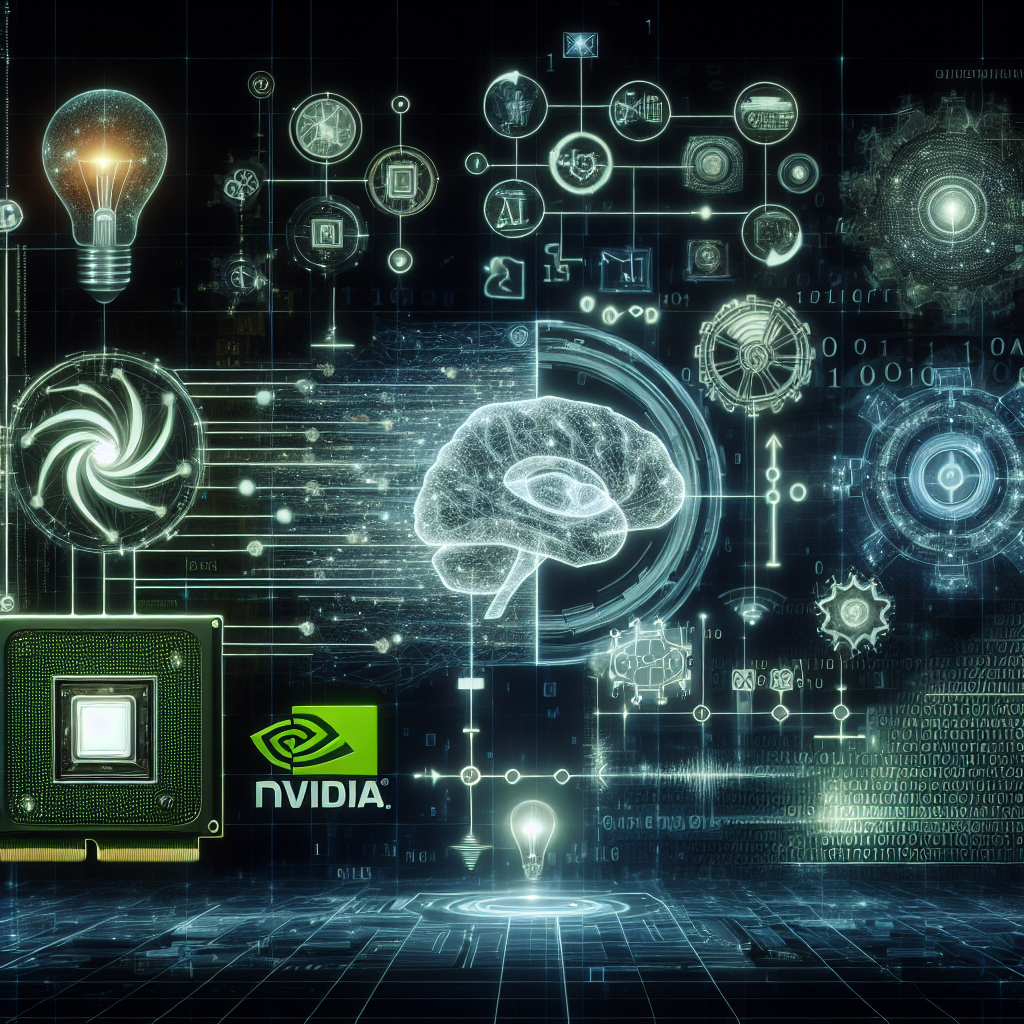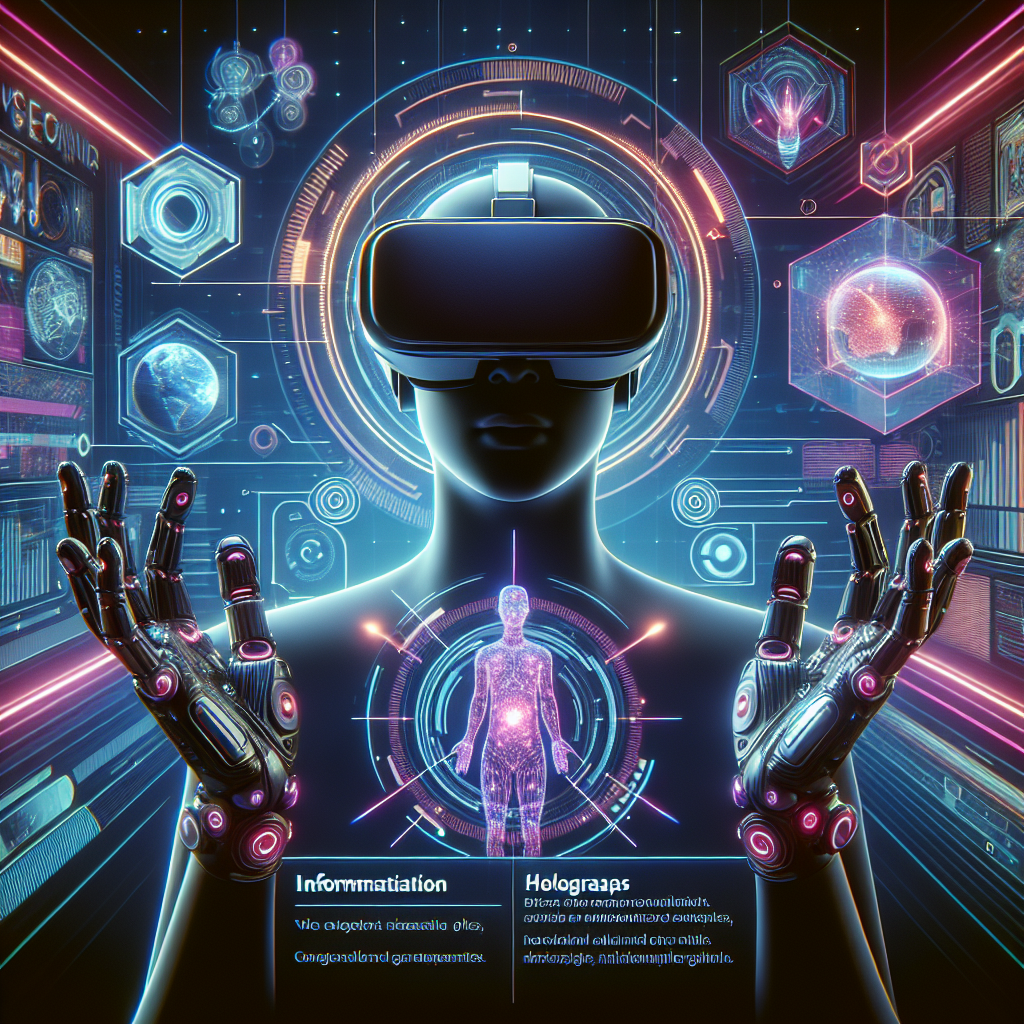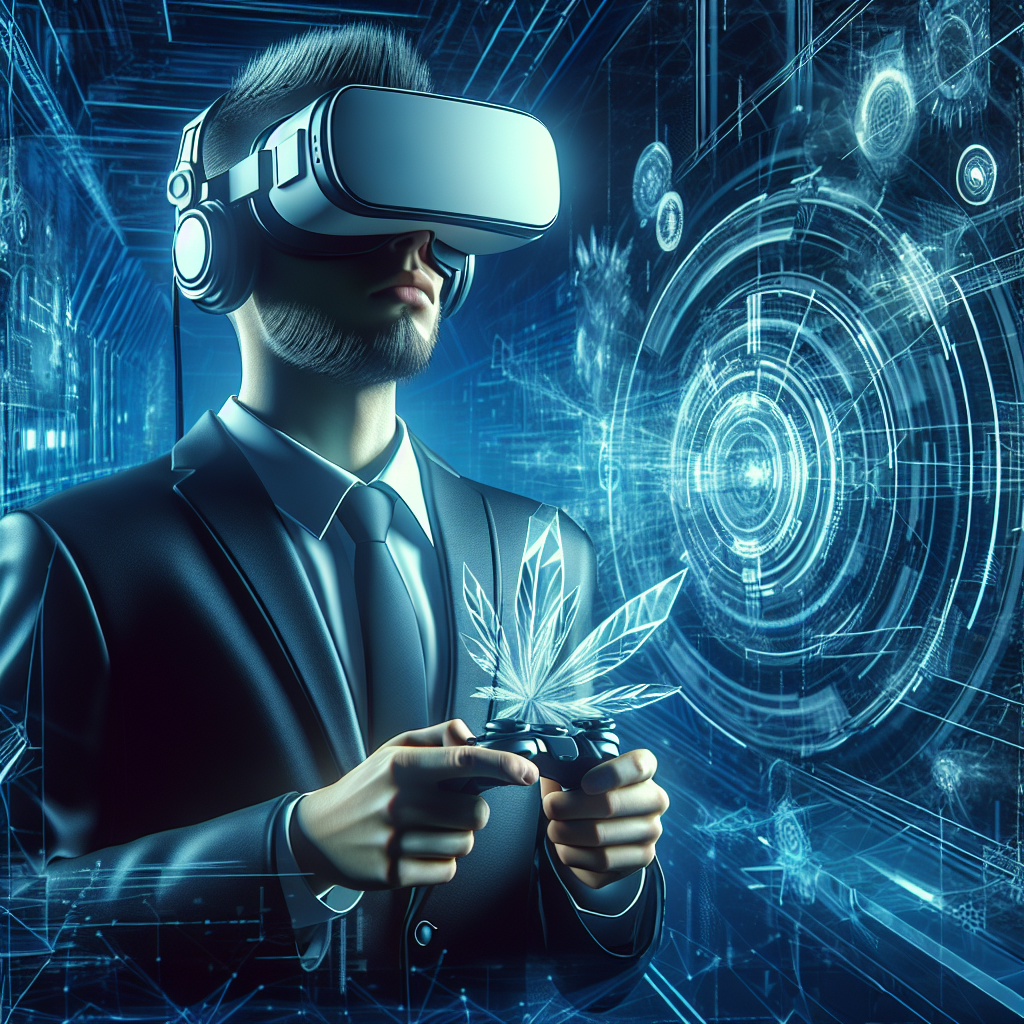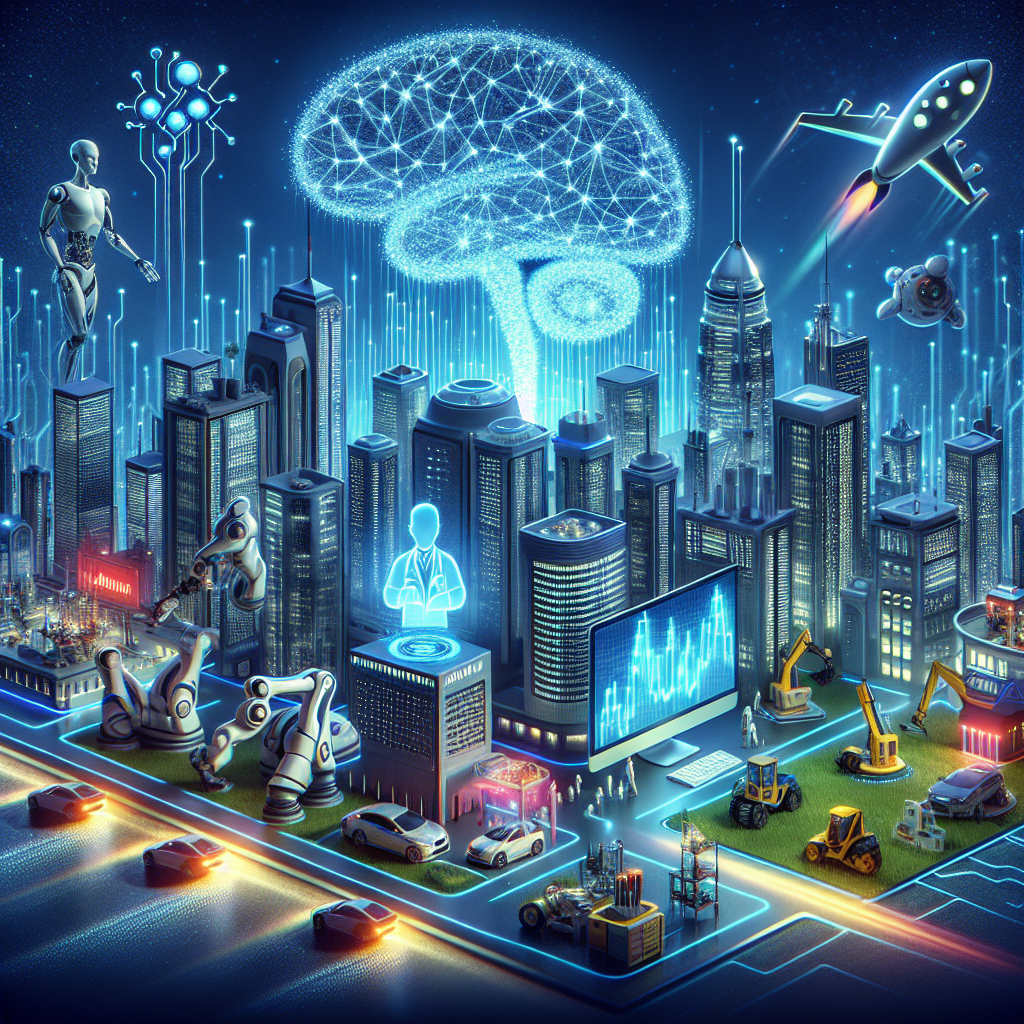Artificial Intelligence (AI) has been a hot topic in the tech world for the past few years, with companies like NVIDIA playing a key role in driving innovation and advancements in this rapidly evolving field. NVIDIA, a leading provider of GPUs for gaming and professional applications, has also made significant strides in AI technology, positioning itself as a major player in the development of AI solutions for a wide range of industries.
One of NVIDIA’s key contributions to the advancement of AI is its development of powerful GPUs that are specifically designed for AI and machine learning applications. These GPUs are able to process large amounts of data at high speeds, making them ideal for training deep learning models and running complex AI algorithms. By providing hardware that is optimized for AI workloads, NVIDIA has helped to accelerate the development of AI technologies and make them more accessible to a wider range of users.
In addition to its hardware offerings, NVIDIA has also been actively involved in the development of software tools and frameworks that make it easier for developers to build and deploy AI applications. One of the company’s most popular tools is CUDA, a parallel computing platform that enables developers to harness the power of NVIDIA GPUs for a wide range of applications, including AI and machine learning. NVIDIA also offers libraries and frameworks like cuDNN and TensorRT, which provide optimized implementations of popular AI algorithms and make it easier for developers to build high-performance AI applications.
NVIDIA’s efforts in the field of AI have not gone unnoticed, with the company receiving widespread recognition for its contributions to the advancement of AI technology. In 2017, NVIDIA was awarded the prestigious IEEE Corporate Innovation Award for its work in developing GPUs for AI applications, highlighting the company’s commitment to driving innovation in this rapidly evolving field.
Looking to the future, NVIDIA’s role in driving innovation and advancements in AI is likely to continue to grow. As AI technologies become increasingly integrated into a wide range of industries, from healthcare to autonomous vehicles, the demand for powerful hardware and software solutions will only continue to increase. NVIDIA’s expertise in developing GPUs and software tools for AI applications positions the company as a key player in the development of AI technologies, and its ongoing investments in research and development are likely to yield even more groundbreaking advancements in the years to come.
In conclusion, NVIDIA’s role in driving innovation and advancements in AI is undeniable. Through its development of powerful GPUs and software tools for AI applications, the company has played a key role in accelerating the development of AI technologies and making them more accessible to a wider range of users. As AI continues to evolve and become increasingly integrated into a wide range of industries, NVIDIA’s contributions to the field are poised to have a lasting impact on the future of AI technology.











